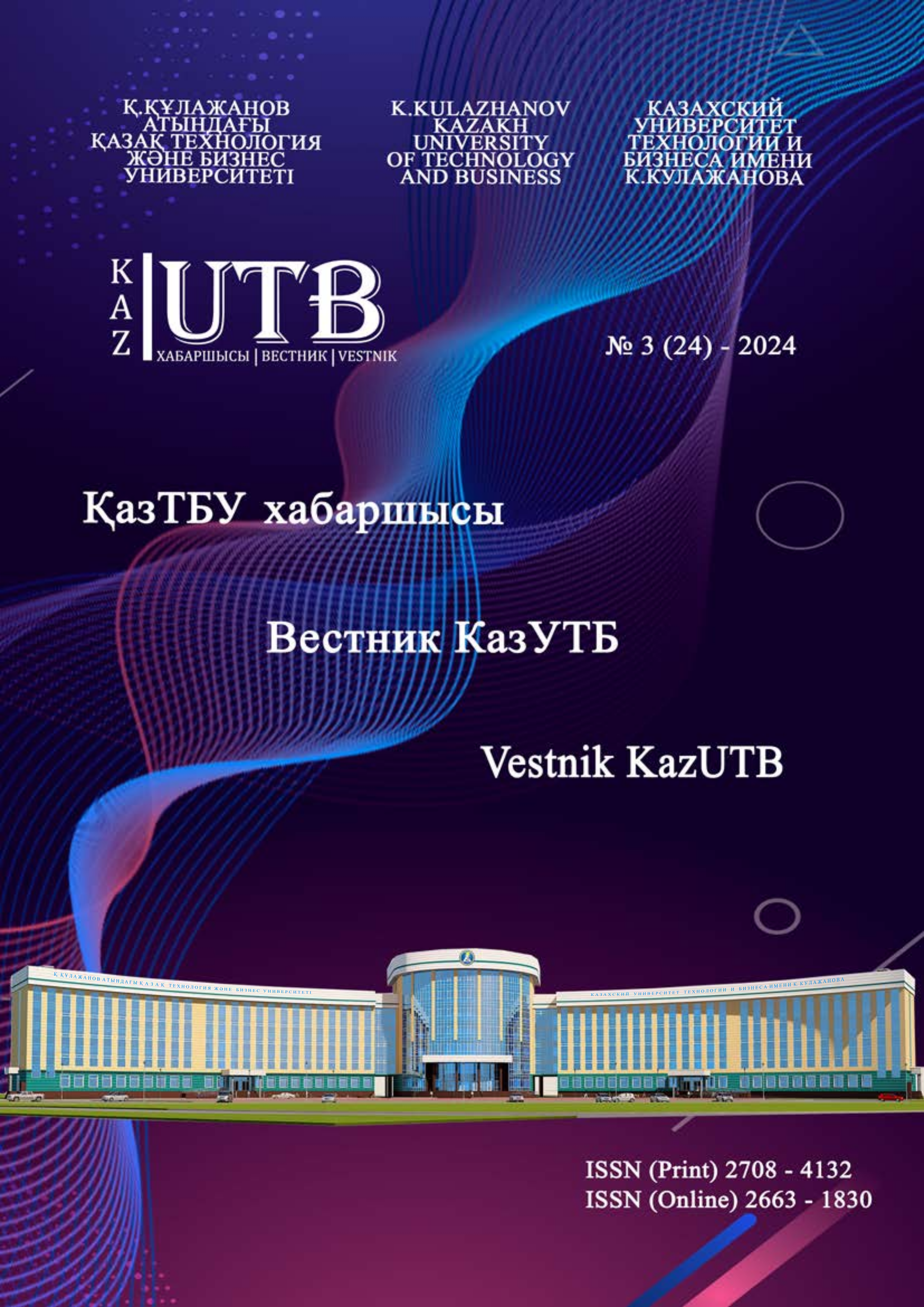Меню


Information and communication and chemical technologies
No. 3 (24) - 2024 / 2024-09-30 / Number of views: 107
PROCESSING OF SOLID ARSENIC -CONTAINING MATERIALS (analytical review)
Authors
Keywords
metallurgical production, arsenic-containing materials, leaching, oxidation-sulfiding roasting, acid, autoclave, bacterial oxidation, arsenates, oxides and sulfides of arsenic
Link to DOI:
How to quote
Abstract
This article provides an analytical review of scientific and technical developments in the processing of solid arsenic-containing materials. Hydro-, pyrometallurgical and combined methods for extracting arsenic from dust, sublimates, and sludge from metallurgical production are considered. The most acceptable technologies seem to be those in which arsenic is removed from the process at the preliminary stage of processing in the most stable, non-toxic form - arsenic sulfides, which exist in nature as orpiment and realgar minerals. Studies conducted at the Zh. Abishev Chemical and Metallurgical Institute (Karaganda, Republic of Kazakhstan) and the Gidrotsvetmet Institute (Novosibirsk, Russian Federation) on products from a number of arsenic-containing raw material deposits for the removal of arsenic by oxidizing-sulfidizing roasting in a shaft-type furnace have shown the promise of this technology. The removal of arsenic from roasting products was 97-98.5%, simultaneously with the production of compact sulfide material with an arsenic content of 60-70% that does not require special disposal.



